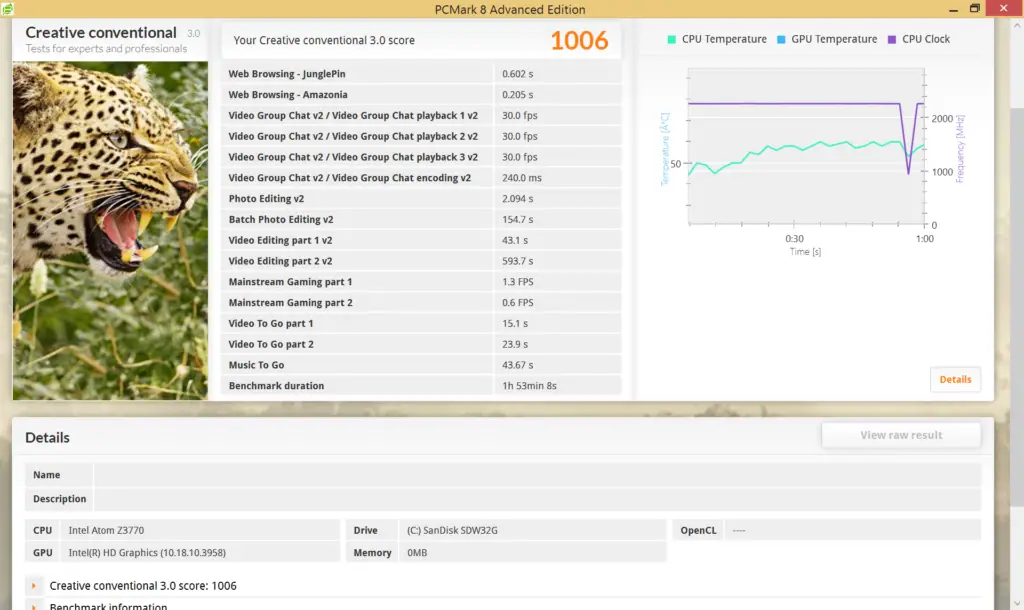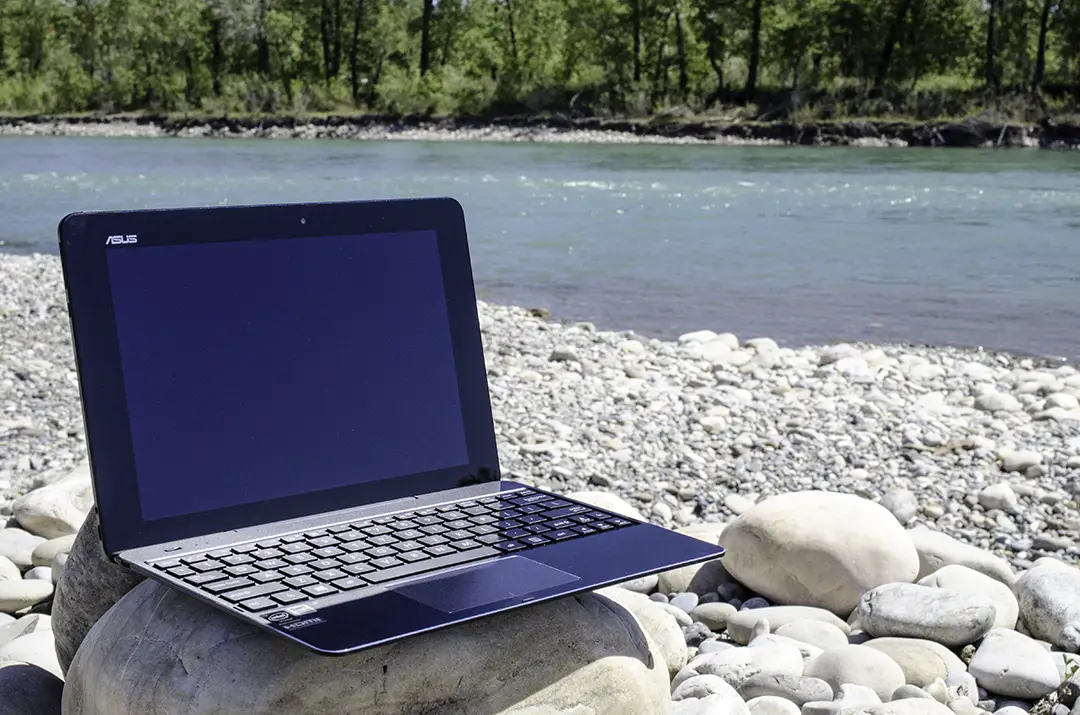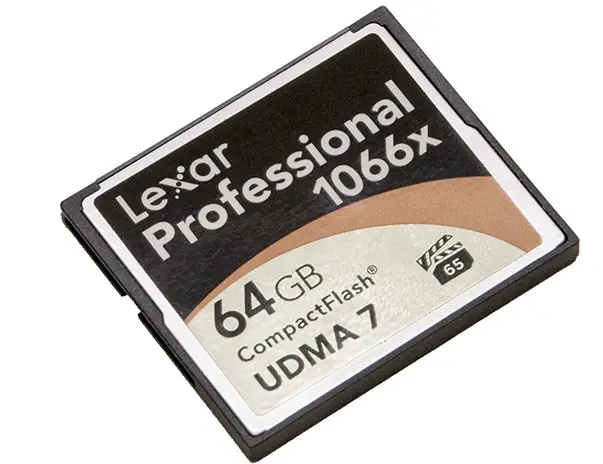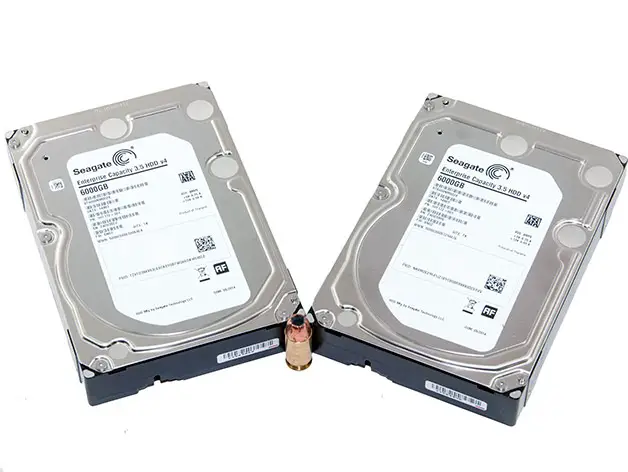Full warning – this is where the review takes a giant nose dive. We so badly wanted the T100 Chi to succeed here as it is a great tablet, but the performance just isn’t there. At all.
[gallery size=”large” ids=”4171,4172,4173″

We changed the power plan to High Performance just for PCMark 8 testing, scoring 1210 on Home Conventional and 1006 on Creative Conventional. As you may have noticed, there is only a single screenshot for the Creative Conventional results. This is due to the fact that the software would crash if we tried to progress past that screen, which we believe is due to a lack of storage space seeing as I had to uninstall software to be able to get the test enough space to start. After running tests we had just over a megabyte of space left on the miniscule 32GB SSD.
Real world performance was headache inducing as well. Taking upwards of 15 seconds to launch Internet Explorer and even something as simple as My Computer is completely unacceptable. A few Blue Screen of Deaths reared their heads during this time as well. We thought we might have a bummed install of Windows 8.1, but even after a full format reinstall of it we witnessed the same performance struggles. The only good news is that Netflix streams managed a full 720p and had no stuttering or drop in quality.
A tiny 2 cell, 30Wh battery doesn’t sound like much but when running an Atom processor, SSD, and LPDDR3 RAM your power draw will pretty much be all from the screen. As always, the screen brightness was set to 50% and we streamed away. After draining the battery to the 5% limit three times with Netflix streaming constantly, we averaged a run time of 8 hours and 39 minutes. Pushing the T100 Chi with PCMark’s battery test, we averaged a result of 3 hours and 46 minutes after three runs. You definitely wouldn’t want to be pushing this tablet hard while only on battery. (Not that you’d be doing much intense work with an Atom processor)


![celicious Vivid Invisible Glossy HD Screen Protector Film Compatible with Asus Transformer Book T100 Chi [Pack of 2]](https://m.media-amazon.com/images/I/41ctFfigY9L._SL160_.jpg)









